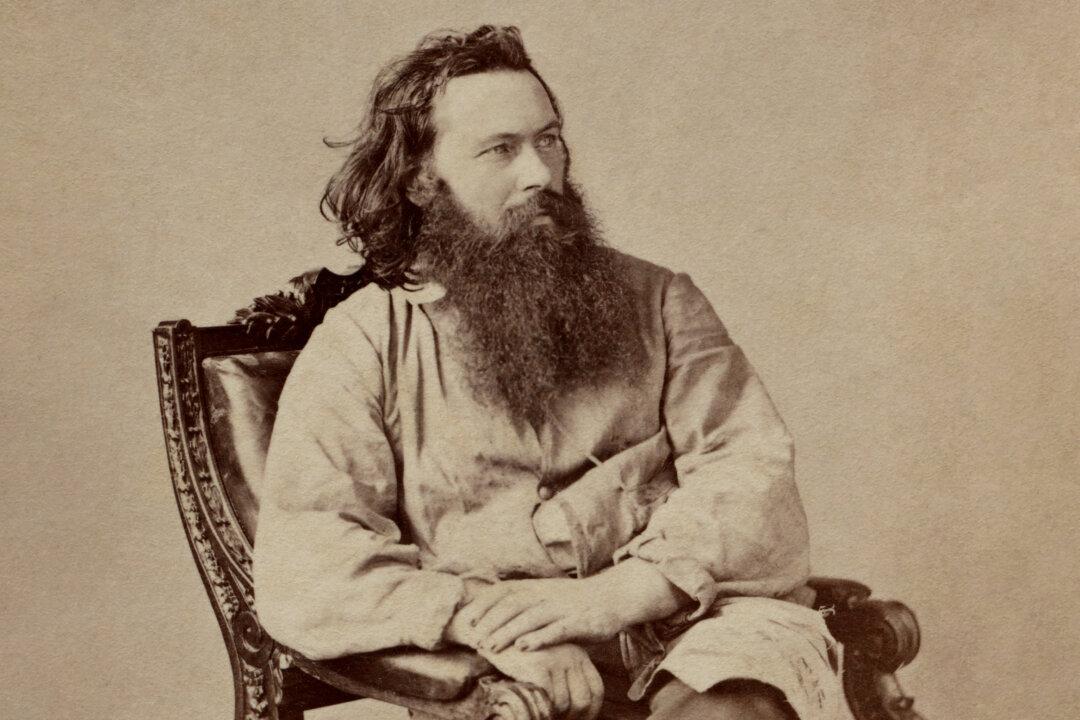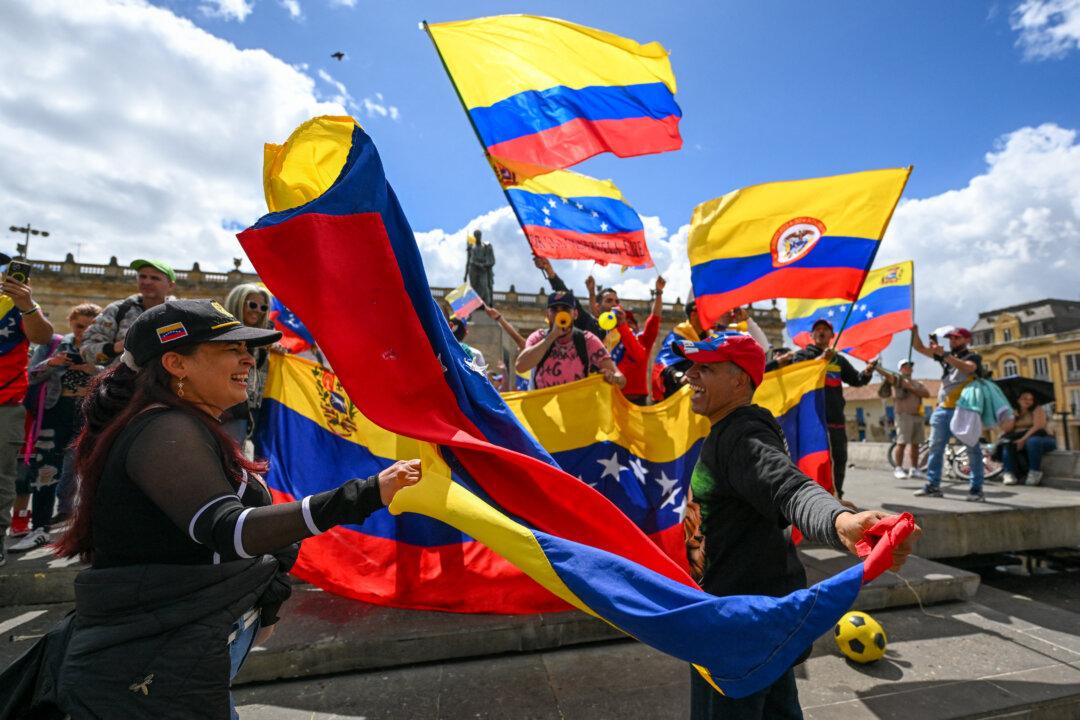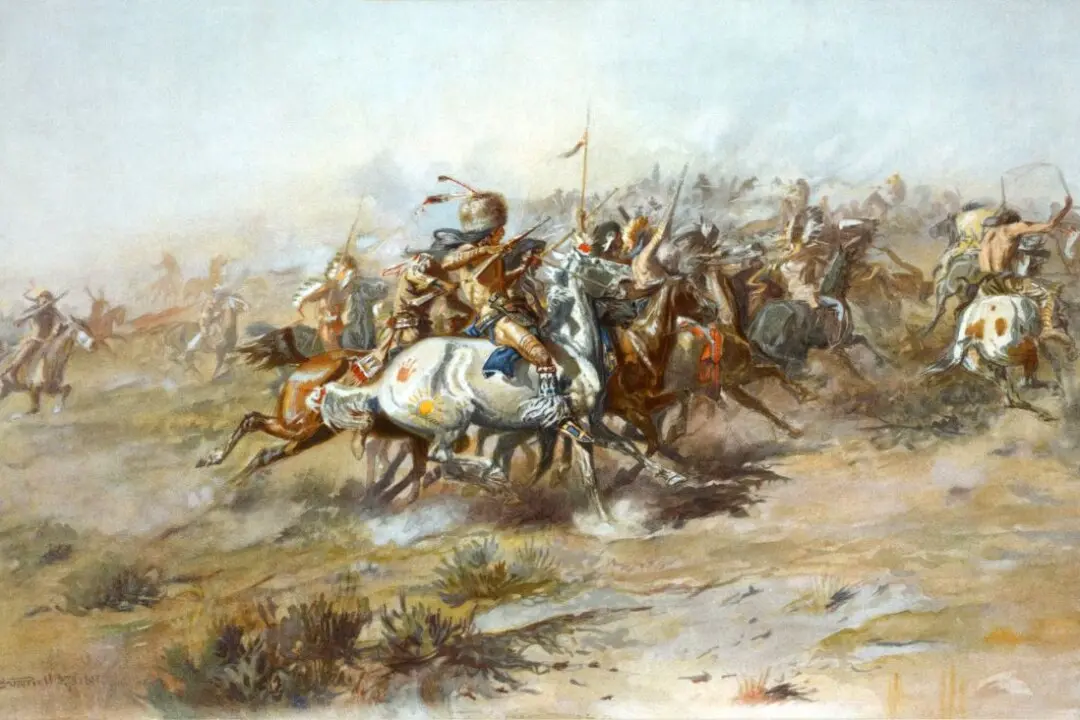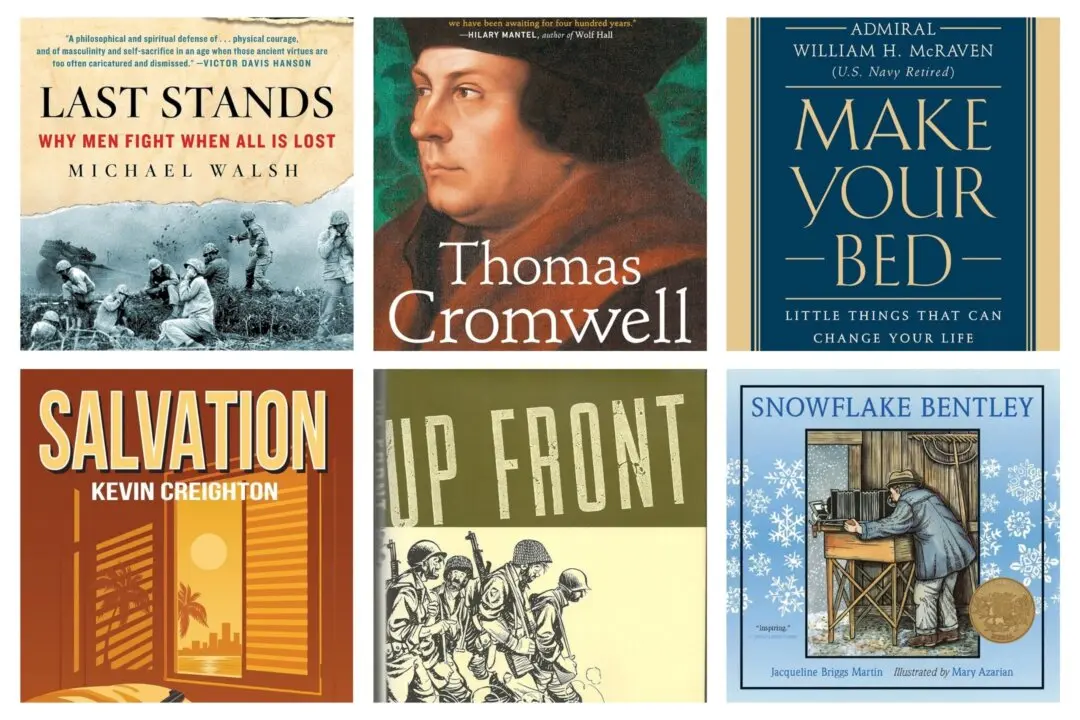During the Great Exhibition of 1851 in London, Alexander Gardner (1821–1882) saw the work of photographer Mathew Brady. Brady was a prominent American photographer from New York City. Gardner had recently become the new owner and editor of the Glasgow Sentinel, which he quickly turned into the city’s second largest newspaper. After seeing Brady’s work, he began reviewing works from photography exhibits in his newspaper, as well as experimenting with photography’s wet plate negative process.
Although Gardner was born and raised in Scotland, he visited America the year prior to the Great Exhibition. He and his brother, James, were influenced by Robert Owen, the British manufacturer and social reformer known as the “Father of British Socialism.” Despite Owen’s numerous attempts and failures to create cooperatives, often touted as “utopias,” the two brothers planned to found a cooperative in Iowa. Shortly after their arrival in the United States, Gardner returned to Scotland to raise more money for the social venture.






